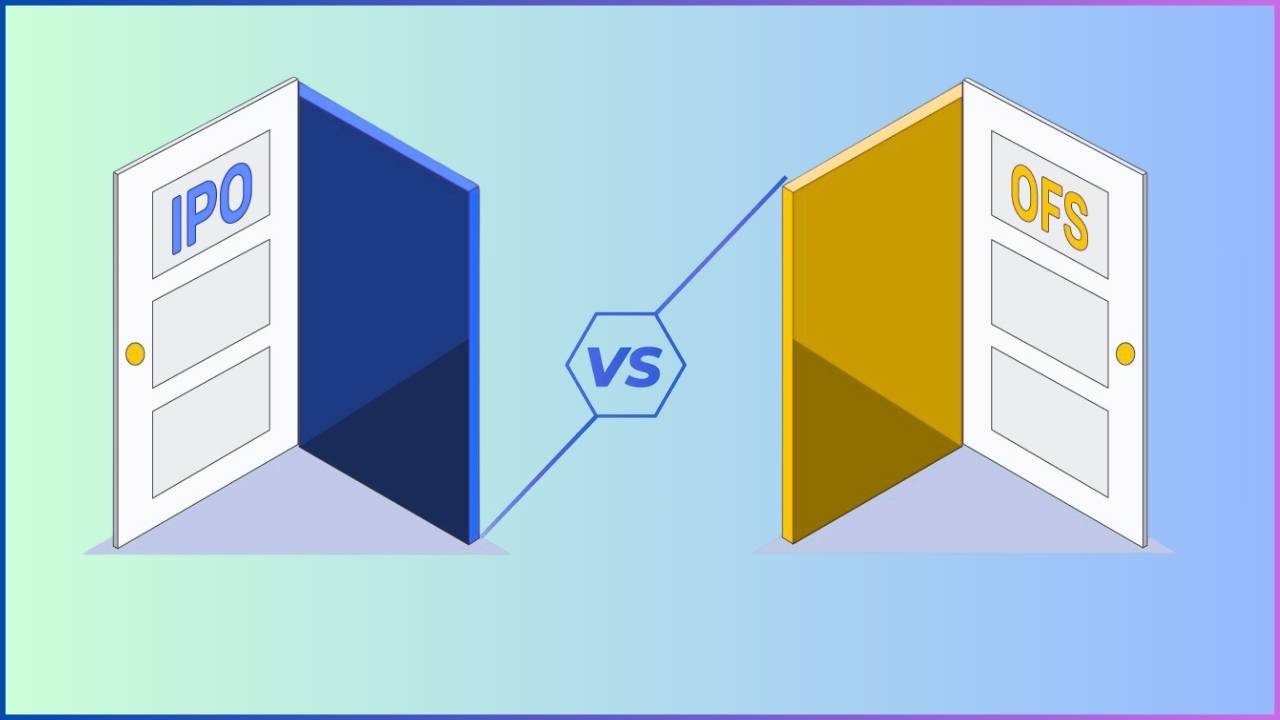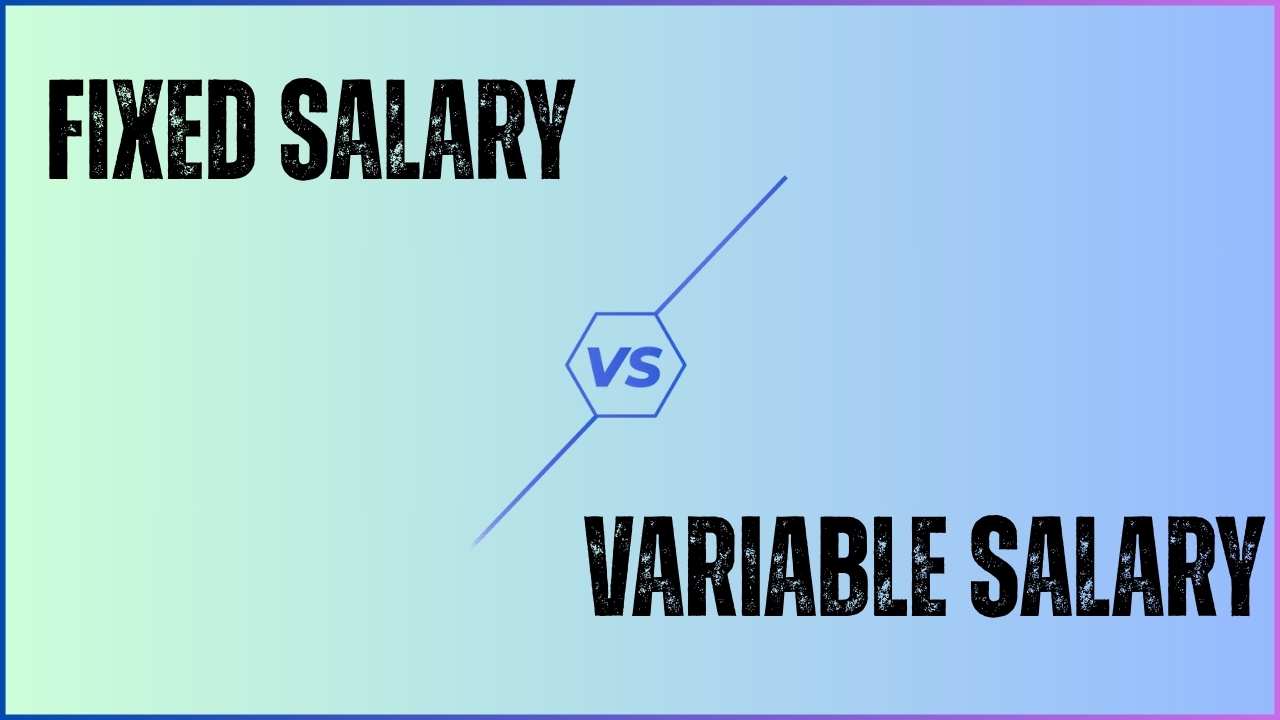When firms need funds from the general public or want to let current shareholders sell their holdings, they typically opt between an Initial Public Offering (IPO) and an Offer for Sale (OFS). While both methods involve selling shares in the primary market, their intentions and procedures are quite distinct. In this article, we will explain both procedures, compare their details side by side, and demonstrate when each is applied.
What Is an IPO?
An Initial Public Offering (IPO) is a method used by a private company to become a public company when it issues new equity shares to the investors.
- Purpose: Raise fresh capital for the company.
- Uses of Funds:
- Expand operations or enter new markets
- Repay debts
- Build working capital
- Regulation:
- Must file a Red Herring Prospectus (RHP) with regulators
- Follow strict stock‐exchange rules and disclosures
- Timeline:
- Generally takes 3–10 trading days from launch to closing
By the end of an IPO, the company’s shares are listed on one or more stock exchanges, allowing anyone to buy or sell them.
What Is an OFS?
An Offer for Sale (OFS) lets existing shareholders—often promoters, early investors or large institutions—sell their shares to the public.
- Purpose: Provide an exit route for existing stakeholders to book profits.
- Fresh Capital: No new shares are created; only the ownership of existing shares changes hands.
- Regulation:
- Does not require an RHP or a detailed prospectus
- Simpler paperwork compared to an IPO
- Timeline:
- Typically completes in 1 trading day
Sometimes, companies combine a fresh issue (IPO) with an OFS in the same offering so that they both raise new funds and give promoters an exit route.
Key Differences: IPO vs OFS
| Point of Difference | IPO | OFS |
|---|---|---|
| Purpose | Raise capital via a fresh issue of equity shares | Allow existing holders to sell shares to the public |
| Risk | High risk (new issue, market response uncertain) | Low risk (shares already vested with sellers) |
| Cost | Relatively costly (underwriting, legal, filing) | Minimal cost (simpler regulatory process) |
| Time Taken | 3–10 trading days | Usually 1 trading day |
| Paperwork | Must file Red Herring Prospectus, detailed docs | No RHP; only basic disclosures required |
| Bid Modifications | Once submitted, bids cannot be changed or cancelled | Investors can adjust bids during the trading window |
When to Use IPO or OFS?
- Choose an IPO if:
- You need new funds for growth, debt repayment, or working capital.
- You’re ready to meet ongoing regulatory and disclosure requirements of a public company.
- Choose an OFS if:
- Promoters, founders or early investors want to exit or reduce their stake.
- You prefer a quicker, lower‐cost process without issuing new capital.
The Bottomline
- An IPO is about turning a private company into a public one and raising fresh capital through new shares.
- An OFS is simply a sale of existing shares, offering an exit to current stakeholders without changing the total share capital.
By recognizing the differences, investors will make improved choices—having the knowledge of whether they’re investing in a new‐raising event (IPO) or purchasing shares being sold by current owners (OFS). Whether you are a company going public or an investor who wants to invest in one, knowing how both processes function will assist you in moving in the market with greater confidence.











